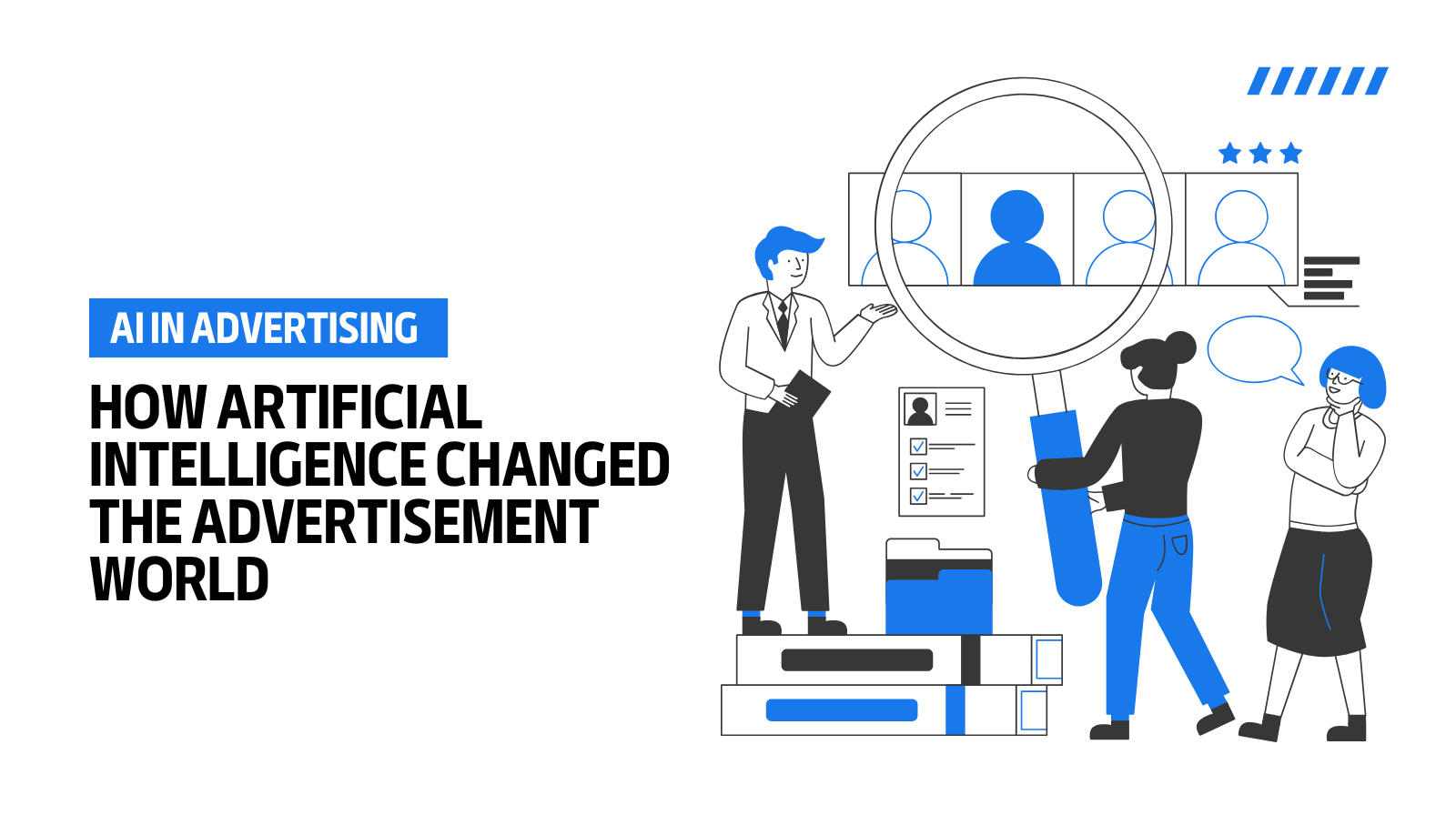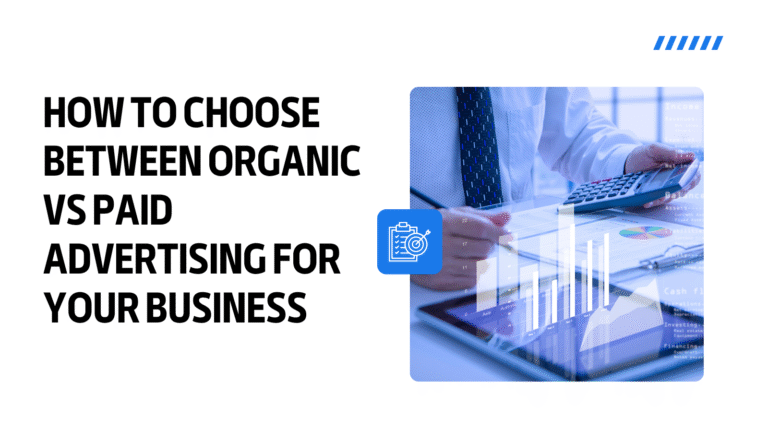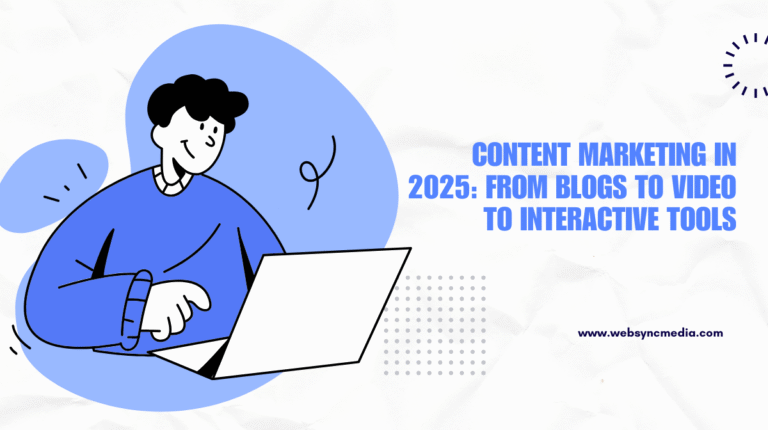In the fast-paced digital era, the advertising world has witnessed a revolution — and Artificial Intelligence (AI) is at the heart of it. What was once a field ruled by creativity and intuition is now powered by data, automation, and intelligent algorithms. From personalized ad targeting to predictive analytics, AI has redefined how brands communicate, connect, and convert customers.
Let’s explore how AI in advertising is making it smarter, faster, and more human than ever before.
1. Personalized Advertising: From Guesswork to Precision
Gone are the days of one-size-fits-all advertising.
AI has made personalization a cornerstone of modern marketing. By analyzing massive amounts of user data — including browsing behavior, purchase history, interests, and demographics — AI enables advertisers to deliver hyper-personalized ad experiences.
Platforms like Google Ads, Meta Ads, and Amazon Advertising use machine learning to show the right message to the right audience at the right time.
This not only improves engagement but also builds a deeper emotional connection with consumers.
2. Predictive Analytics: Knowing What Customers Want Before They Do
AI’s ability to predict consumer behavior has reshaped ad strategies.
Through predictive analytics, advertisers can anticipate what products or services a user might need next.
For instance, AI can analyze seasonal trends, purchase intent, and customer journey data to forecast future demand.
This helps brands plan ad campaigns, budget allocation, and inventory management more effectively — maximizing ROI and minimizing waste.
3. Programmatic Advertising: Automation at Its Best
Programmatic advertising is one of the most impactful innovations powered by AI.
Instead of manually negotiating ad placements, AI-driven systems automatically buy and optimize ads in real-time.
This allows marketers to:
- Target specific audiences based on data
- Adjust bids automatically
- Display ads across thousands of platforms instantly
According to industry reports, over 80% of digital display ads are now traded programmatically — a clear sign that automation is the future of advertising.
4. Enhanced Creativity with AI Tools
AI isn’t replacing creativity — it’s enhancing it.
From generating ad copy and visuals to producing video content, AI tools like ChatGPT, Midjourney, and Runway ML have opened new creative possibilities.
Marketers can now test multiple ad variations, visualize ideas quickly, and optimize creatives for better performance.
AI even helps in sentiment analysis, ensuring that ads resonate emotionally with audiences.
5. Voice and Visual Search Advertising
As consumers increasingly use voice assistants like Alexa and visual search tools such as Google Lens, AI has given advertisers new ways to reach them.
Brands are optimizing ads for voice search queries, focusing on conversational keywords, and adapting visuals for image-based recognition systems.
This evolution is expanding the boundaries of traditional search marketing, creating a more interactive and intuitive ad experience.
6. Real-Time Optimization and Performance Tracking
AI allows advertisers to monitor ad performance in real time and make instant adjustments.
Machine learning algorithms analyze engagement metrics, click-through rates, and conversions to automatically fine-tune campaigns.
The result?
Higher efficiency, lower costs, and campaigns that continuously improve without constant human intervention.
7. Ethical Advertising and Consumer Trust
AI also brings responsibility.
As data-driven advertising grows, so do concerns about privacy, transparency, and bias.
Ethical AI usage ensures that while ads are targeted intelligently, user trust is maintained through fair data practices.
Advertisers today must balance personalization with privacy — a key challenge in the AI era.
Conclusion: The Future of Advertising is AI-Driven
AI has not just changed the way ads are created — it has changed the way they think.
By combining data intelligence with human creativity, AI-driven advertising ensures that every impression counts.
The future will see even more innovation — from emotion-detecting ads to fully automated campaign ecosystems.
For marketers and advertisers, the message is clear:
Adapt to AI, or be left behind.
- Content Marketing in 2025: From Blogs to Video to Interactive Tools - November 6, 2025
- Instagram vs Pinterest: Where Should a Company Focus for Branding? - October 30, 2025
- How to Choose Between Organic vs Paid Advertising for Your Business - October 22, 2025





